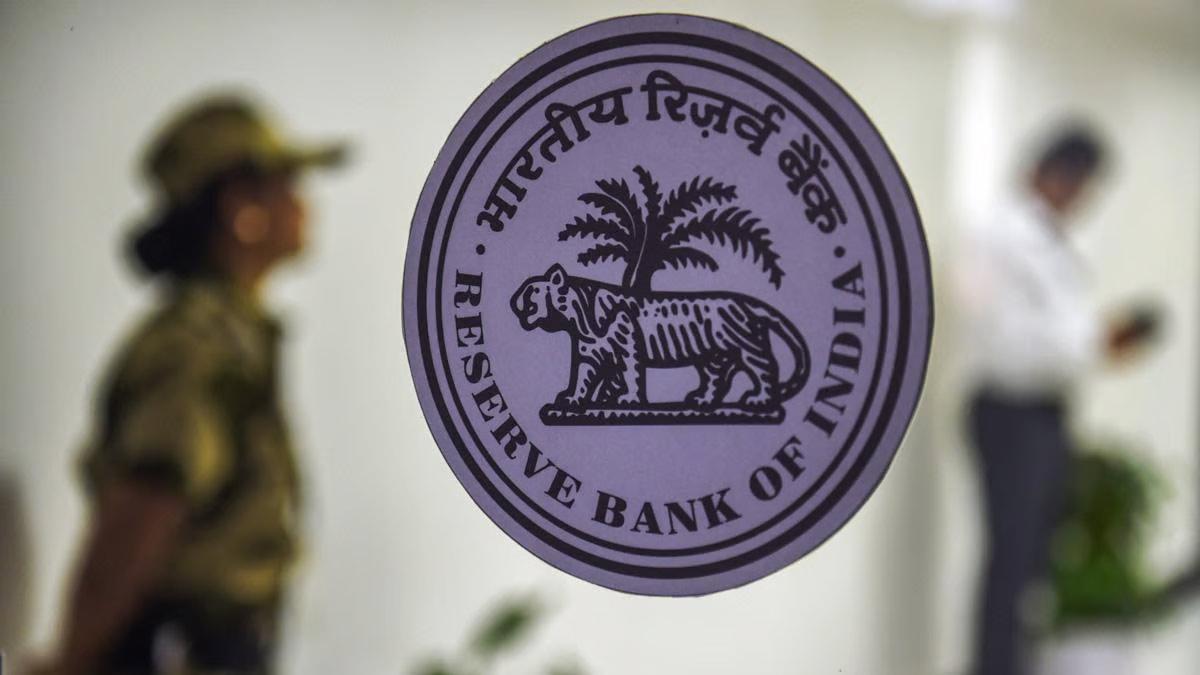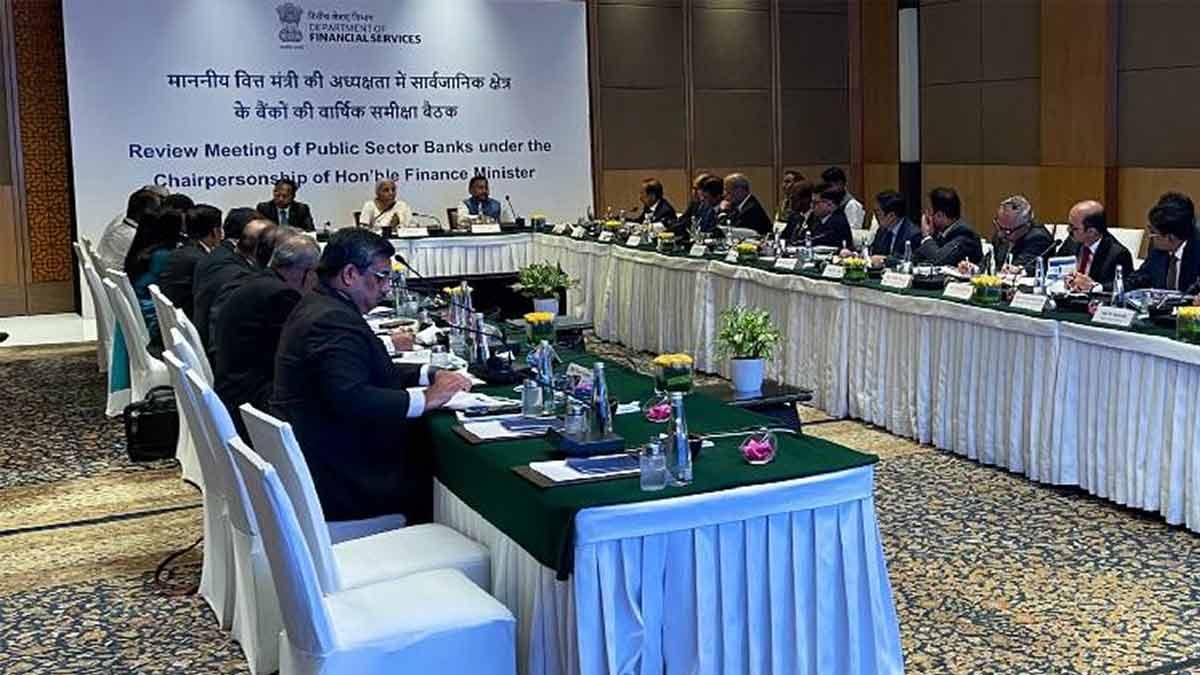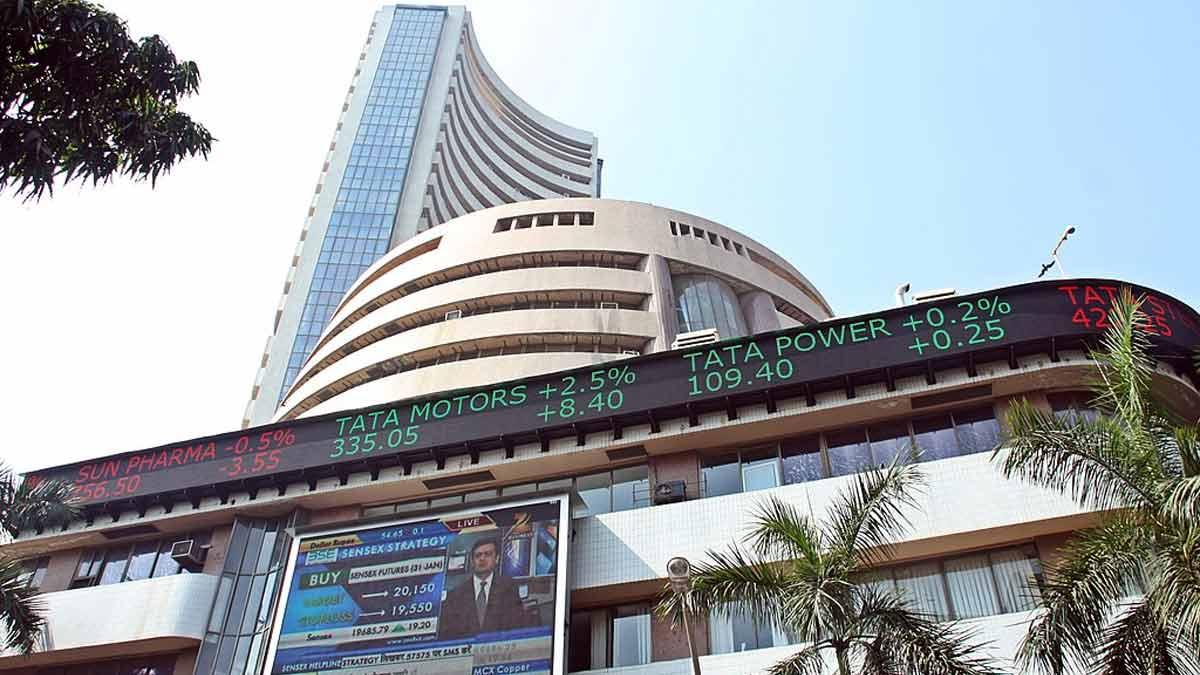The US Inflation Reduction Act (IRA) and federal EV manufacturing and consumer subsidies stand to lose in the new Donald Trump administration, according to a report on Saturday.
Trump has been very pro-tariff and plans to use tariffs to offset corporate tax cuts, which will likely impact foreign trade, according to a report by Counterpoint Research.
Trump and Senate Republicans have publicly spoken against the CHIPS Act. The new administration will likely repeal the Act and replace it with tariffs on semiconductor companies, according to the report.
EV subsidies have also been targeted by both Trump and VP-elect J.D. Vance, who argued the government should be subsidizing US-made internal combustion engine, or ICE vehicles instead.
On the other hand, EVs and credits to manufacturing Trump has spoken very positively about EVs from the technology perspective and has now finally got the strong support and endorsement from Tesla chief Elon Musk. The Musk endorsement left many questioning if it might change the approach of Trump toward EV credits and manufacturing subsidies," the report added.
The biggest beneficiary is, arguably, Tesla of IRA original equipment manufacturer (OEM) credits. However, Tesla would arguably still maintain its market position in the US without that funding. However, that funding does greatly benefit other OEMs producing in the US and propel them closer to competing with Tesla and China.
Trump has constantly tried to position himself as an auto aficionado and a champion of US superiority in autos. When he becomes aware that Chinese automobile technology, indeed, poses a threat to US OEMs, as they actually do, he will probably maintain the subsidies given to OEMs under the IRA, according to the report.
We would expect similar automotive tariffs to remain in place now that Trump is elected. This would limit OEMs' choices for sourcing of batteries down to a very few suppliers, creating the potential for a demand-supply gap, the report said.
In his campaign trails, Trump promised that he was going to include more tariffs. He still maintains the initial tariffs levied against China under Section 301 in 2018. He now proposes a 10 to 20 per cent universal tariff and levies of 60 percent for China.
"This would likely cut foreign trade and might trigger a trade war. Conversely, it would increase tax revenues by $300 billion, with $200 billion of this from China. Trump has also threatened 25 to 75 percent tariffs on Mexican goods if illegal immigration across the Mexican border is not ended," the report said.
Trump believes that the taxation of foreign products will relieve the US of its national debt and boost domestic manufacturing and raise funds for government programs. Still, economists predict the US GDP will decrease by 0.2 percent if he increases tariffs. China stated it would retaliate, and undoubtedly other countries will too. Economists believe the trade war with other countries will weaken the US GDP and capital stock negatively by 0.05 percent.
Read also| Indian Stock Market Opens Flat Following US Fed Rate Cut
Read also| ArcelorMittal Reports 69% Drop in Net Income to USD 287 Million in September Quarter


















